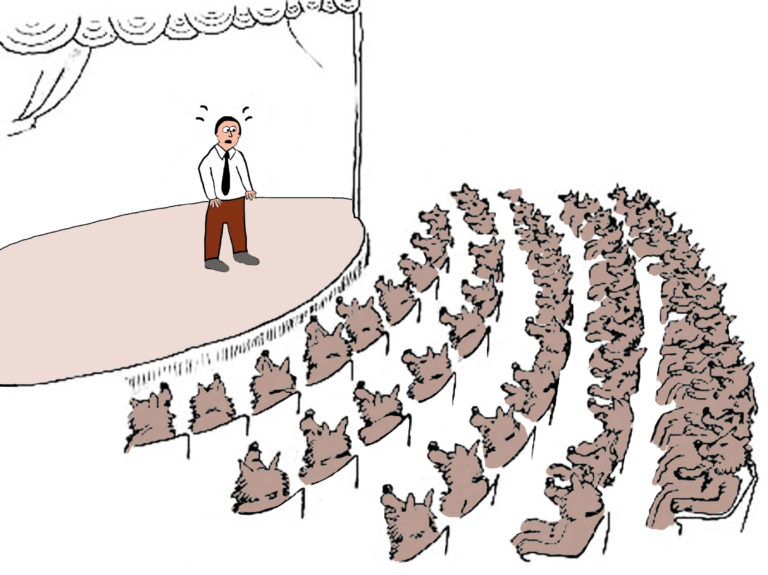
Zeumatography. Does that mean anything to you? Well, that is the initial name used back in the 1980s for magnetic resonance imaging (MRI). March of 2023 marked 50 years since this cutting-edge diagnostic imaging technology made its foray into human medicine. Nobel Prize winner Paul Lauterbur, PhD, of the University of Illinois Urbana-Champaign, was one of the pioneers to develop visualization of objects using a magnetic field and radiofrequency signals.
The first MRI scanner looked at brain blood flow in an attempt to understand tinnitus, which plagues so many people. Researchers also imaged the brain of a bearded dragon and evaluated other neuroimaging data. In today’s MRI world, scans done in real time can visualize tissue effects during actual physical activities—speaking, singing, swallowing—as well as tracking genetic expression of the brain while learning.
MRI is invaluable as a non-invasive technology to view many features of tissue, such as shape, structural changes, inflammation and blood flow. Since the inception of using this equipment for diagnostic imaging, magnetic field strength has increased—initially it started at 0.09 Tesla and now modern systems have 3 Tesla, with newer models having developed magnets of 7 Tesla. This latter magnet capability is able to localize areas of the brain within 0.5 millimeters. With this degree of accuracy, MRI is potentially able to evaluate clinical trials on the brain from drugs as well as study the effects of non-pharmaceutical “treatments” like exercise, yoga and brain training.
As time goes on and as magnetic fields increase, they’ll provide even better image resolution of body parts, and the potential for 3D visualizations. This could provide opportunities to perform virtual interventions or surgeries to define the best outcome for a patient.
For the veterinary community, smaller portable magnets positioned in clinics and hospitals enable rapid diagnosis to aid treatment plans. In equine medicine, many orthopedic issues are best defined using MRI technology, which is considered the gold standard. MRI information has revolutionized the ability of equine practitioners to manage equine athletes with the best outcomes possible.








